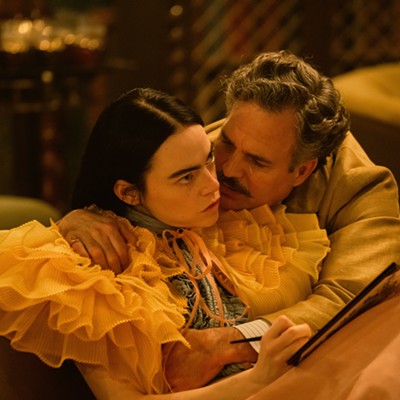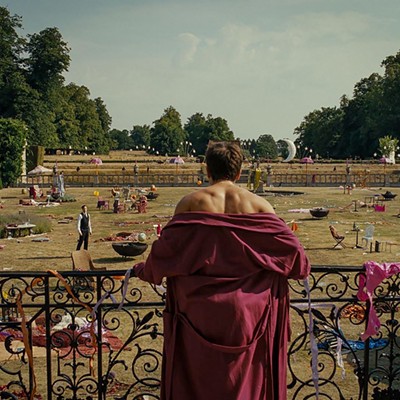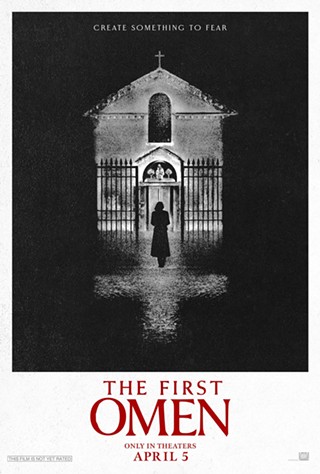As he approaches 90, Seymour Bernstein is getting a re-introduction. A renowned pianist decades earlier, Seymour turned his back on the concert halls and adoring fans and critics to teach. He teaches more than piano, as it turns out. Just ask Ethan Hawke, who directed this documentary about a man he met at a dinner one night.
Hawke was drawn to Seymour because of the way the pianist helped him think about his own fears and insecurities. But it wasn't in some inauthentic Deepak Chopra sort of way; Seymour simply brings great care and insight to the conversation, whether it's personal turmoil or chord fingerings.
"Seymour: An Introduction" is unusual in that the subject being celebrated is not famous and yet we're spending 90 minutes or so walking in his shoes. What we're really trying to see is what makes someone give up fame in something he loves to truly focus on the love. Ethan Hawke thinks that's a pretty good prescription for life, and it's hard to argue.
Operating as a sort of subplot in the film, Hawke has goaded Seymour into playing a recital in New York's Steinway Hall, which will be his first performance since 1977. We take long steps back in Seymour's life to see how he even reached the point where giving up a music career was a big deal. He painfully recounts his time in the Korean War, which was followed by a successful touring career until, in his late 40s, he abandoned it for good to become a full-time teacher.
Not surprisingly, there are conversations between Seymour and former students, some of whom have gone on to the sort of career that he left behind. There are candid portraits of the teacher at work with young musicians, too, and you can see how big his impact is and will be, and why he's so revered in the first place.
His secret, it seems, is simplicity. Seymour is a man who prioritizes his solitude and his essentials. He's lived in the same tiny apartment for 57 years and doesn't really seem to sweat anything. He's content with the choices he made and doesn't worry about those things he can't control, although he does add that he would "go to war" for music.
In one chat, Hawke described the dichotomy of his career: Nobody sees the work he's proud of and things that are the most successful reflect his worst work. Seymour appears unsurprised, not because he's seen "Getaway" or "Sinister"—who has?—but because almost anyone would tell him the same thing, in some fashion.
Seymour's answer is to do the work that makes you happy, which is a fairly obvious, Zen-like approach. Saying is easier than doing, of course. Then again, with Seymour Bernstein, the doing is right there in front of you. Maybe it's just a coincidence, but his 88 is a helluva lot better than most guys' 68, so he might be onto something.
The film has the loose narrative sprawl you might expect from a guy who has spent many years on Richard Linklater movie sets. "Seymour: An Introduction" kind of vaguely has a destination, but how it gets there doesn't feel very planned out. It works for this story, though, and Hawke slowly builds this all into something. The music, too, is as exquisite as you'd expect. As a movie-going experience, it's enriching, entertaining, and full of life. And if you look hard enough, you might find plenty to contemplate, which might explain why we don't look very hard most of the time.










